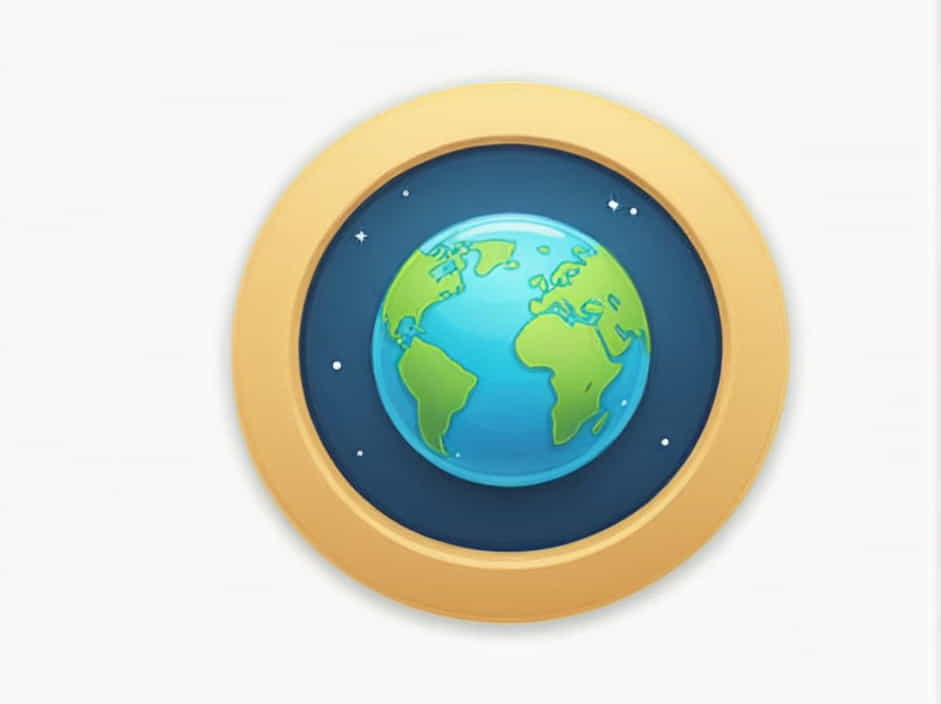Earth is a finite planet with limited resources, yet human consumption continues to grow at an unsustainable rate. From fossil fuels to freshwater, the resources we rely on are not infinite. Recognizing these limitations is crucial for ensuring a sustainable future.
The Finite Nature of Earth’s Resources
1. Limited Natural Resources
The Earth provides essential resources such as water, minerals, forests, and fossil fuels. However, these resources are not limitless. Many of them take millions of years to regenerate, while others, like fresh water and arable land, are becoming increasingly scarce due to overuse.
2. Fossil Fuels: A Nonrenewable Energy Source
Coal, oil, and natural gas are the primary energy sources for human civilization. These fuels take millions of years to form, but they are being consumed at an alarming rate. Once depleted, they cannot be replaced within a human timescale, making a shift to renewable energy sources necessary.
3. Freshwater Scarcity
While water covers about 71% of the Earth’s surface, only 3% is freshwater, and much of it is trapped in glaciers. Pollution, climate change, and excessive use are straining water supplies, leading to shortages in many parts of the world.
The Environmental Impact of Overconsumption
1. Deforestation and Biodiversity Loss
Forests play a vital role in absorbing carbon dioxide and providing habitats for countless species. However, deforestation for agriculture, logging, and urban development is destroying ecosystems and contributing to climate change.
2. Climate Change and Global Warming
Burning fossil fuels releases carbon dioxide into the atmosphere, leading to rising global temperatures, extreme weather events, and melting ice caps. Climate change threatens food production, water availability, and the survival of many species.
3. Pollution and Waste Accumulation
Plastic pollution, industrial waste, and toxic chemicals are damaging ecosystems and human health. The finite capacity of the Earth to absorb waste means that responsible consumption and waste management are critical.
Sustainable Solutions for a Finite Earth
1. Transition to Renewable Energy
Solar, wind, and hydroelectric power offer sustainable alternatives to fossil fuels. Investing in these technologies can reduce dependence on nonrenewable resources and decrease carbon emissions.
2. Water Conservation and Management
Reducing water waste, protecting natural water sources, and improving water recycling systems can help address freshwater shortages. Individuals can contribute by using water-efficient appliances and reducing unnecessary consumption.
3. Sustainable Agriculture and Food Production
Modern agriculture depletes soil, uses excessive water, and contributes to deforestation. Sustainable farming methods, such as crop rotation, organic farming, and reducing food waste, can help preserve agricultural resources.
4. Circular Economy and Waste Reduction
A circular economy focuses on recycling, reusing, and reducing waste. By shifting away from a throwaway culture, we can minimize the strain on finite resources and reduce environmental pollution.
5. Conservation of Natural Ecosystems
Protecting forests, oceans, and wildlife habitats ensures biodiversity and helps maintain the planet’s ecological balance. Governments, businesses, and individuals must work together to prevent further environmental degradation.
The Role of Individuals and Governments
1. Individual Responsibility
Every person has a role in reducing environmental impact. Simple actions such as reducing energy consumption, using public transport, and supporting sustainable products can make a significant difference.
2. Government Policies and Global Cooperation
Governments must enforce environmental regulations, promote clean energy, and support conservation efforts. International cooperation is essential to address global challenges such as climate change and resource depletion.
Our planet is not infinite, and its resources must be managed wisely. The choices we make today will determine the future of the Earth and the well-being of future generations. By adopting sustainable practices and recognizing the limits of our planet, we can create a more balanced and resilient world.
